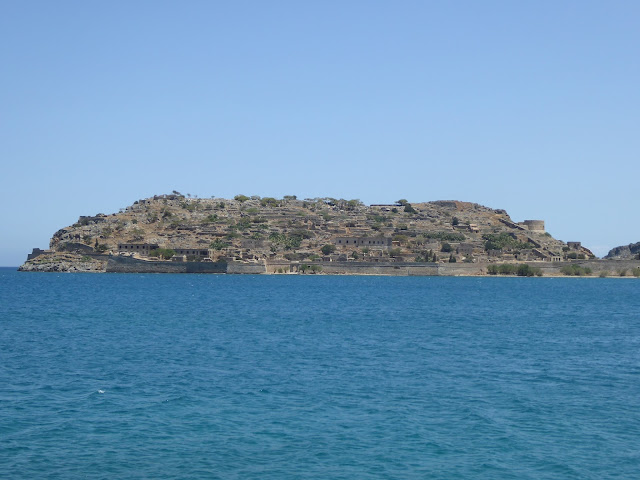The other
day, I cooked a chicken and, because I knew I wouldn’t have much time to cook
the next day, I cooked twice as many potatoes, peas and carrots as we needed.
Then the next day we had cold chicken with a Russian salad. It occurred to me
that we hadn’t had Russian salad since I don’t know when. Then I realised that
it’s a thing which has disappeared, in England anyway. I bet my kids don’t know
what a Russian salad is, and I’m absolutely sure it’s not in modern cookery
books. But it used to be really common; in fact, I seem to remember that Heinz
actually offered small tins of it.
So that
started me thinking about what else has disappeared in my lifetime. Well, there
are very few independent department stores any longer. There used to be one in
every reasonable sized town. The quality varied a lot, of course, but now they’re
all House of Fraser or Debenhams, and they’re all more or less identical. You’ve
been in one, you’ve been in them all. Woolworth’s has gone altogether, of
course, but Wilkinson’s has filled the gap brilliantly.
Another
thing which has changed is the casual – well, I suppose I’d call it sexual
harassment nowadays. Recently a friend
and I were talking to her daughter and her daughter’s friend, and they were
horrified by our tales. But even decent (ish) men used to behave badly. Lorry
drivers tooted their horns as they went past; walking near a building site was
bound to elicit wolf whistles and worse, even if you looked like the back end
of a bus. There were plenty of men with whom you couldn’t get in a lift alone,
or accept a lift in a car from, or climb on steps in front of, or sit next to; and the stationery cupboard stories we have! And curiously, we just accepted it as
all part of life’s rich pattern. And if you did have to defend your honour,
instead of feeling traumatised, you were cross with yourself, for being stupid enough to let yourself get in a
situation where it was likely to be necessary. Now I’m not saying that there
are no problems any more – of course there are, but that fairly low level,
constant, groping and leering - well,
that seems to have largely stopped. Of course the harassment suffered by women
who venture onto the internet is extreme, but that seems to be a toxic
combination of misogyny and anonymity rather than the almost casual harassment
we lived with.
Hats haven’t
quite disappeared, but they have certainly changed their purpose. Nowadays,
there are sunhats and woolly hats for winter, and that’s more or less it, apart
from Ascot. Even for weddings, women
often wear those stupid “fascinators”
rather than proper hats. Or nothing at all on their heads. My aunts used to go out for morning coffee in
town wearing hats. (Not my mother, though; she thought sitting having coffee
and gossiping while wearing a hat was a complete waste of valuable time.) School uniform always included a hat – caps for
boys and various styles for girls. My school had berets, and an uglier form of
headgear is hard to find. The daring girls used to have bee hive hairdos, and
stick the beret flat on the back with hair grips. It looked bizarre and used to
drive the teachers nuts. Actually, that’s another thing that’s changed. We could
get into trouble for things done on our way home – eating things, not standing
and offering our seats on the bus, for example. I’m sure no school would try to
enforce that sort of thing now. The
parents would be up in arms, defending their little darlings.
The other
week we had an electrician working in the house. Phil offered him a cup of tea and
he said yes please, and “leave the bag in the mug, I like it strong.” So Phil
said, well, we don’t use bags, but don’t worry, it’ll be strong. So when the
chap had had his tea, he said “That was lovely, how did you make it?” Phil had
to demonstrate loose tea and the use of a tea pot. So how long will it be
before loose, tasty, tea goes the way of Russian salad?
























